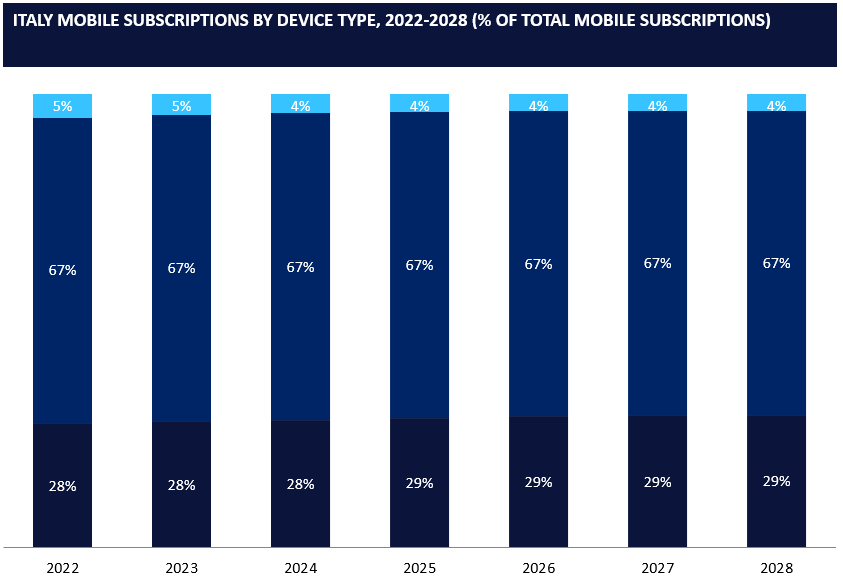
In 2012, the ITU (a specialised agency of the United Nations responsible for issues concerning information and communication technologies) started the move towards 5G by initiating a programme to develop International Mobile Telecommunications (IMT) systems for “2020 and beyond”. This programme resulted in IMT-2020, the formal term for the set of requirements for the fifth generation of mobile technology.
Timeline
Listed below are the major milestones in the journey of the 5G theme, as identified by GlobalData.
2012 – The ITU-R started work on a programme to develop Internal Mobile Telecommunications (IMT) systems.
2012 – Plans were announced for a 5G Innovation Centre at the UK’s University of Surrey.
2013 – The European Commission pledged €700m ($918m) in funding for 5G networks as part of its Horizon 2020 programme.
2015 – The ITU-R published its “vision”, including a set of requirements for IMT-2020 (5G).
How well do you really know your competitors?
Access the most comprehensive Company Profiles on the market, powered by GlobalData. Save hours of research. Gain competitive edge.

Thank you!
Your download email will arrive shortly
Not ready to buy yet? Download a free sample
We are confident about the unique quality of our Company Profiles. However, we want you to make the most beneficial decision for your business, so we offer a free sample that you can download by submitting the below form
By GlobalData2016 – Verizon completed its own 5G radio specification and revealed that pre-commercial testing was underway.
2016 – The European Union (EU) published the “5G for Europe Action Plan”, a roadmap for public and private investments on 5G infrastructure.
2016 – In the US, the Federal Communications Commission (FCC) approved new rules opening up high-band spectrum for 5G wireless services.
2017 – The 3GPP signed off the first 5G specification, a big step towards the establishment of commercial 5G networks.
2017 – China’s three major operators piloted 5G technology in several cities during the second half of the year.
2018 – The Winter Olympics in Pyeongchang, South Korea, featured demonstrations of 5G applications.
2018 – South Korea completed its 5G spectrum auction, with rollout slated for April 2019.
2018 – The 3GPP agreed to standalone 5G specifications, allowing for deployment in places that lack existing infrastructure.
2018 – UK mobile operators spent a combined £1.4bn ($1.8bn) in an auction of 2.3GHz and 3.4GHz spectrum.
2018 – AT&T launched a mobile 5G service to customers in a dozen US cities.
2019 – ZTE introduced the first 5G-ready mobile smartphone, the ZTE Axon 10 Pro 5G, in China, the Nordic countries, and the Middle East.
2020 – The next iteration of 5G standards – Release 16 (NR Phase 2) – was finalised, six months behind schedule.
2020 – China established strong global leadership in 5G subscribers, surpassing 100 million 5G subscribers in July.
2020 – 3GPP announced a likely delay in the completion of Release 17 standards due to the COVID-19 pandemic.
2021 – The postponed Tokyo Summer Olympics will use 5G technology to enable smart city applications.
2022 – Likely completion of Release 17 standards, taking into account delays.
2025 – GlobalData forecasts three billion 5G mobile subscribers or 28% of the total subscriber base.
2030 – So-called 6G technology is expected to reach maturity.
This is an edited extract from the 5G – Thematic Research report produced by GlobalData Thematic Research.






